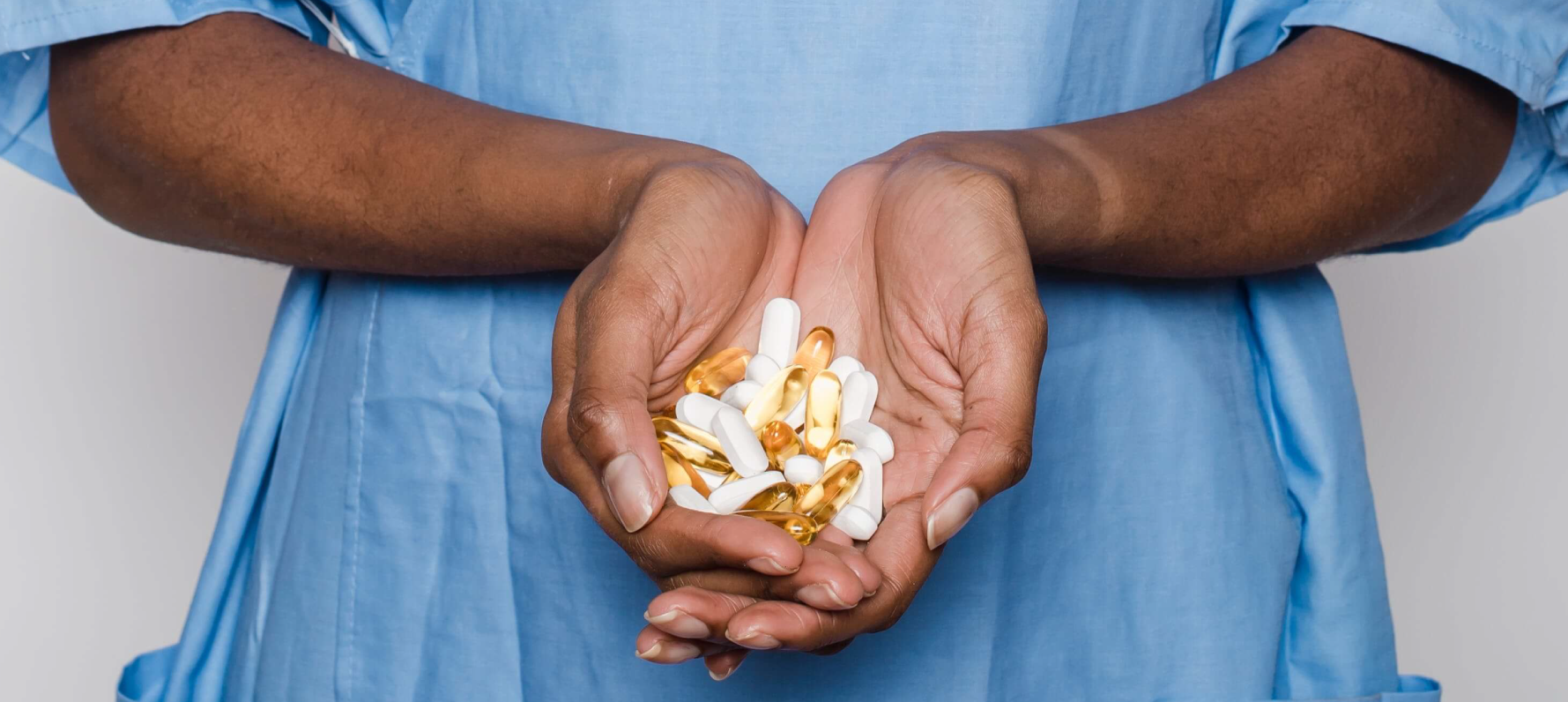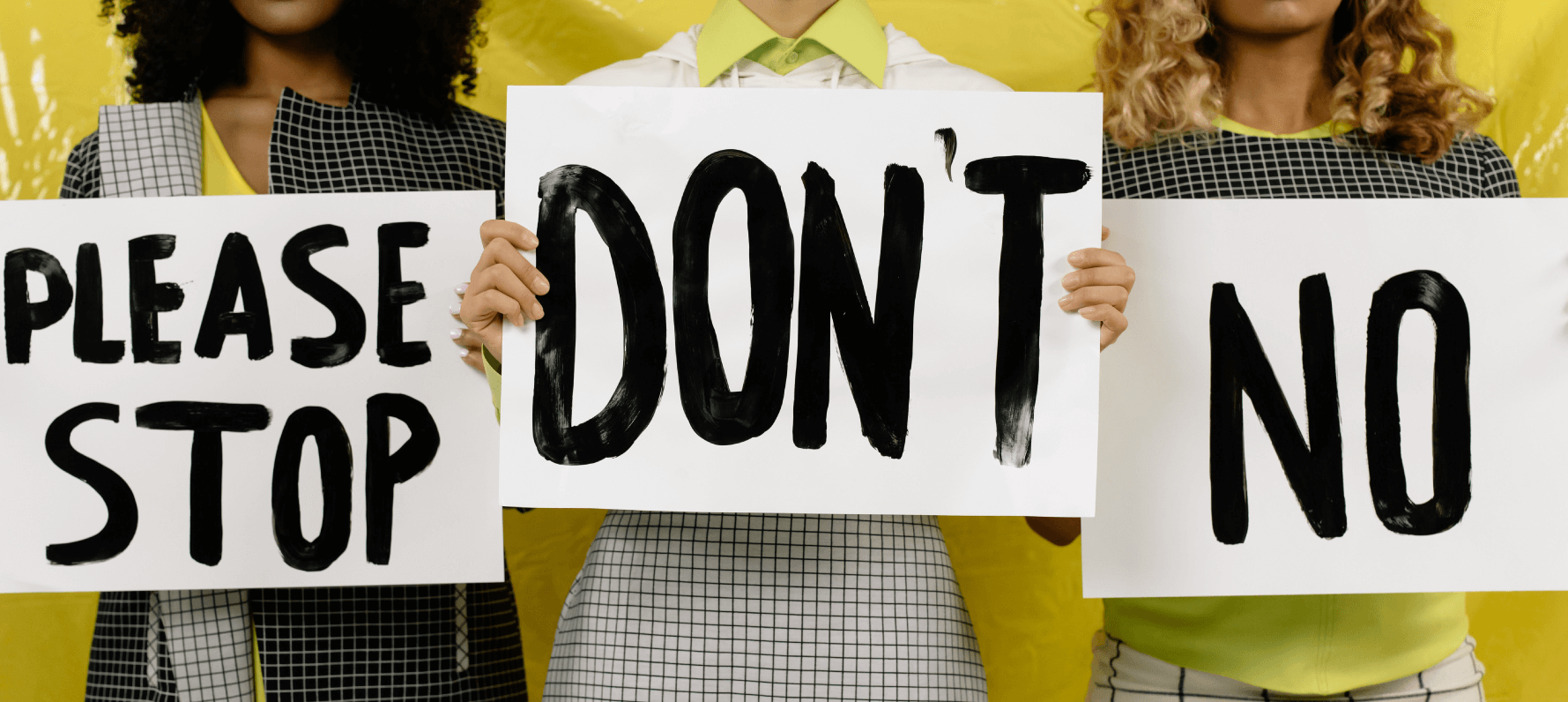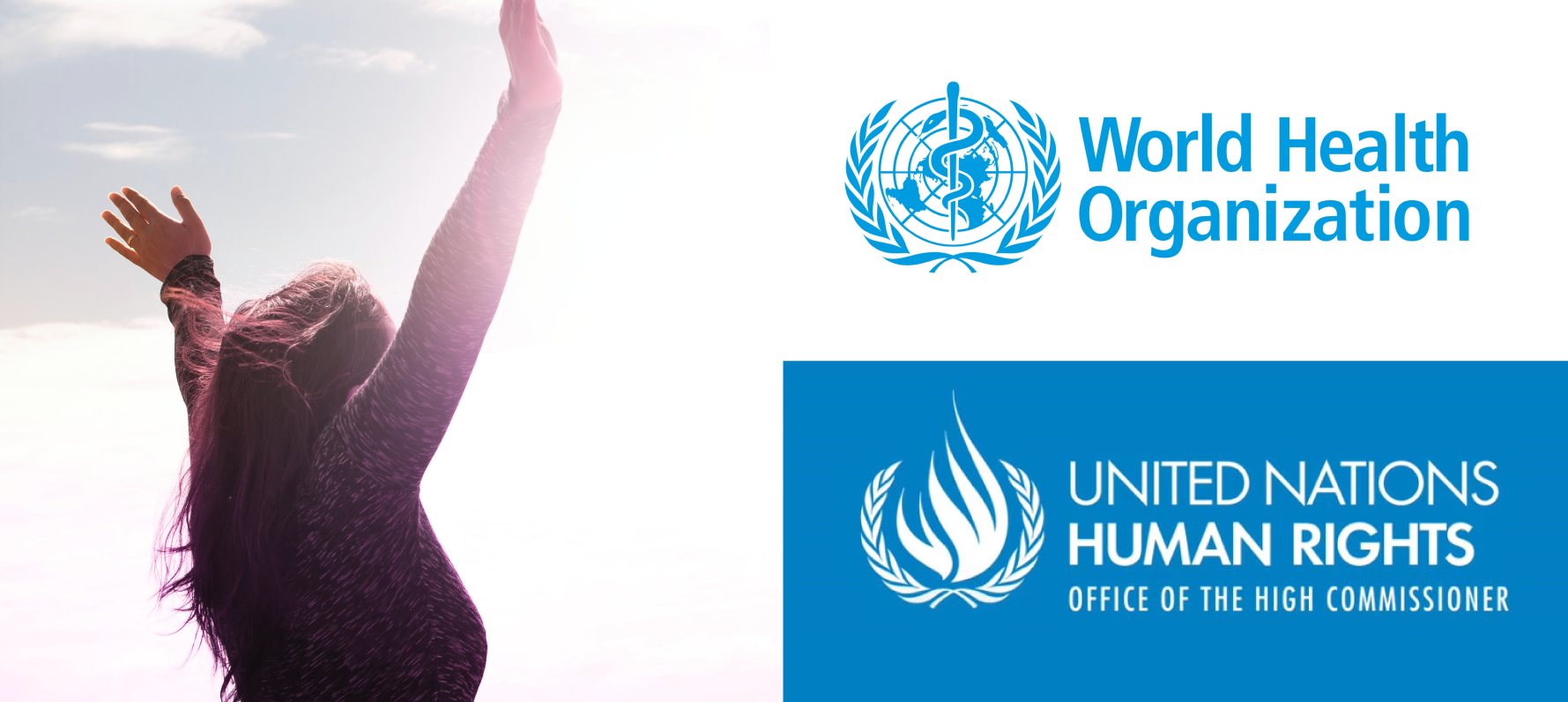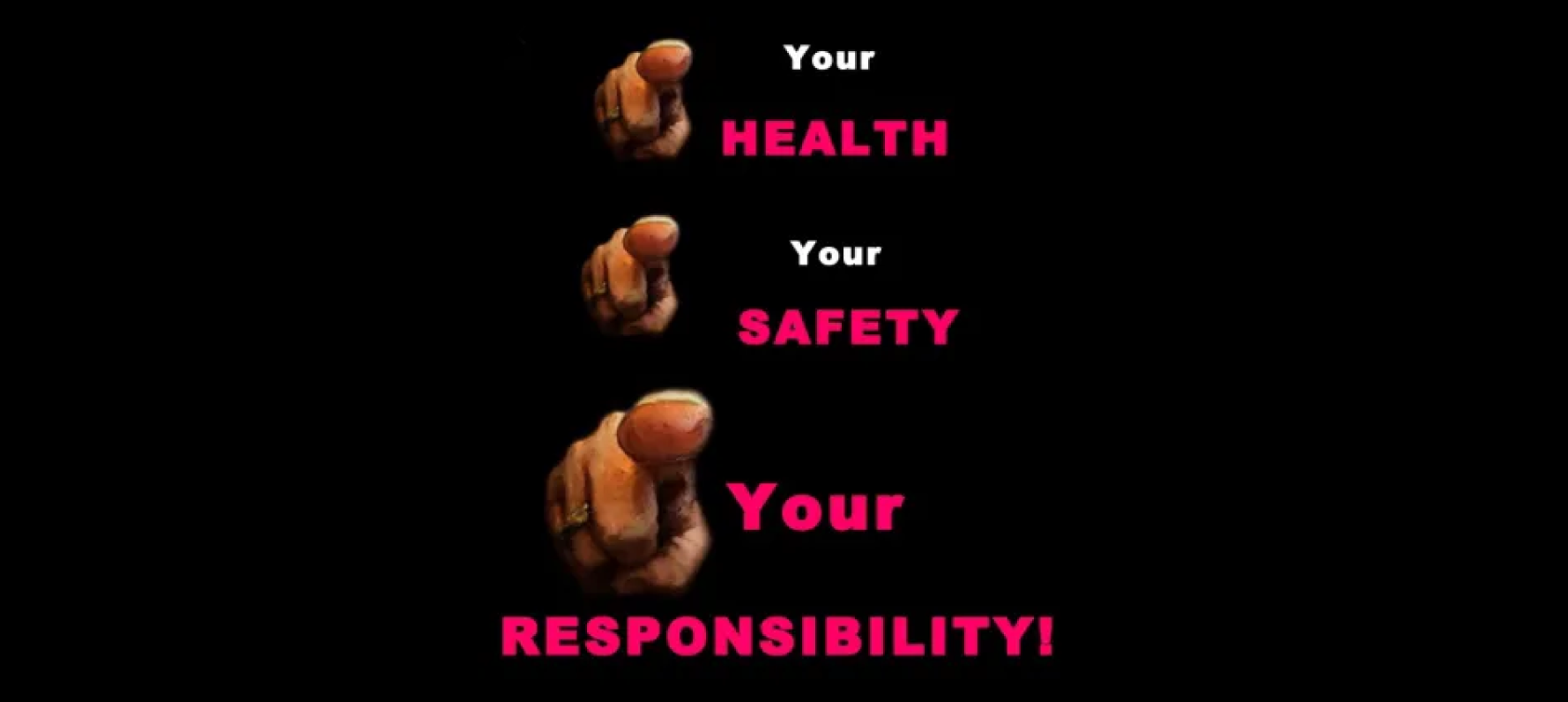You are not going crazy: Your physical health after sexual trauma
Palpitations? Fainting? IBS? Muscle pains? Read this article.
One place where I see my passions and specialisms intersect is the issue of women being diagnosed and labelled with psychiatric issues after being subjected to sexual abuse and violence perpetrated by males.
Millions of women and girls who have been subjected to sexual trauma will also experience a wide range of trauma responses. Whilst these trauma responses should be seen as rational, normal and reasonable; they are often medicalised or misunderstood – not only by professionals but by the women and girls themselves.
This blog is for any woman or girl who has unresolved health issues, symptoms they don’t understand, illnesses with no physical basis and a feeling of going around in circles with health professionals and even some mental health professionals whilst attempting to find the answer to their problems.
This blog will also be useful to those professionals who work with women and girls all over the world – either in physical or mental health.
Let’s talk about sexual trauma in females
Sex has never been neutral for women and girls – sex has never been controlled by women and girls. Whether it’s a father controlling when a woman has sex, the myth of ‘losing her virginity’, the media hypersexualising girls as early as possible with fashion and make-up, women being made responsible for contraception or being denied contraception and abortion, men being celebrated for being increasingly sexually active with many partners and women being punished for sexual activity and more than a couple of sexual partners, men being taught that women engage in ‘token resistance’ to sex, so if she says no, just keep badgering her… the list could go on and on forever. Indeed, many authors and academics have tackled this issues in great detail, including myself in my own books.
Sex is already wrapped up in so much power and control, so much expectation and rules and boundaries, so much shame and blame and honour. Women and girls are held up as sexual objects of desire and as chaste, pure virgins who should be sexually conservative; simultaneously. And these competing demands exist for women and girls having consensual sex with chosen partners.
So then, what extra factors affect the women and girls who have been sexually abused, assaulted or raped?
Sexual trauma from: rape myths
All of the above, and so much more. The first point to make is that sexual abuse, assaults or rapes are rarely experienced as a form of sex. It is much more likely to be experienced as a form of violence, harm, suffering and fear. Despite this, many of the assumptions around sex are applied to rape, abuse and assaults. Women and girls are taught from an early age that they could have been ‘asking for it’ or they could have ‘enjoyed it really’. They are told that they shouldn’t have flirted, shouldn’t have been polite to the man, shouldn’t have accepted the drink, shouldn’t have walked home with them, shouldn’t have kissed them, shouldn’t have swapped numbers, shouldn’t have shared that taxi. In short, women and girls are made responsible for when ‘sex goes wrong’. Women and girls are made responsible for the abuse, assaults and rapes committed against them.
These expectations leave women and girls with feelings of blame, shame and guilt for the crimes committed against them, which have a significant effect on their mental wellbeing.
Sexual trauma from: change in world-view
Being sexually abused, assaulted or raped also challenges the world-view of most women and girls. The trauma of living through a rape, assault or a period of abuse can force a person to rethink everything they thought they knew. Maybe the person who attacked them was their most trusted friend, their boss, their parent or their partner. Someone they looked up to. Someone they were inspired to be like. Someone they told all of their secrets to. Someone they loved with all their heart. All of a sudden, their feelings of safety, trust and judgement are shaken.
They consciously or subconsciously ask ‘Who is safe? Who can I really trust? How did I not see that coming? Are all humans going to harm me? How do I protect myself from humans? Am I a bad judge of character? Why did they do this to me? Did I do something to deserve their harm? What if this happens to me again? Do I attract this type of person?’
Their view of sex might change too.
Memories of being raped or abused might change the way they see sex. Sex may become scary, dirty, horrible, painful or may feel like a violation of their body again. Sex might feel like the ultimate act of trust. Sex might come with new rules, new boundaries and new feelings.
Women and girls might experience a change in their view of the world.
A world that once held opportunity, excitement, adventure and a future might now start to look like an inherently dangerous and harmful place where no one is to be trusted and there is no future to look forward to. The world might have felt safe and filled with generally good people – but now feels like an unsafe place to live, filled with sex offenders ready to pounce. The world might have been a positive place to live where the person felt they had self-efficacy and power over what happens to them – but now feels like a negative or uncertain place where the person feels powerless and at the mercy of random acts of violence.
The change in the world view of a woman or girl after sexual violence is often deep and long lasting – however, it is rational and reasonable. When we were evolving as a species, we encountered a new animal or a new threat and if it attacked us or harmed us in some way, we created a stereotype of that ‘thing’ and then we kept well away from it for the rest of our lives. We wouldn’t have lasted this long as a species if we simply kept going back to the harm in the belief that it would be different this time.
When a woman or girl has been sexually abused, assaulted or raped, they process the features of the person who did it to them or the situation it occurred in and they often avoid those features whilst in trauma – and some avoid them for the rest of their lives.
Sexual trauma: physical harm and physical responses
Much has been written about the five Fs of trauma – the physiological and psychological responses to extreme stress (fight, flight, freeze,friend, flop), so I won’t labour this theory here. However, it is important to discuss the physical ways the body responds during and after sexual assault, abuse or rape. This is very personal and variable.
Part of this is based on acknowledgment, which I write and teach about in my work frequently. Acknowledgement is whether or not the woman or girl knew they were being assaulted, raped or abused at the time of the offence. For example, a woman might think that she has no rights to say no to her husband so she must comply with his demands for extreme sex acts despite them hurting. Or a girl might have been sexually exploited for 5 months and not realise it until she is in her thirties. In contrast, a woman might be violently raped whilst she cries and begs them to stop.
Acknowledgement is at the heart of the response and the trauma – where someone has no idea they were being harmed, their physical responses to the crime will be delayed until they realise what happened, whether that is the next morning or five decades later. This is also why some people (including child abuse victims) can develop physical and psychological sexual trauma responses years after sexual violence.
So what physical symptoms am I referring to?
In line with the work on physiological trauma responses in the body and brain, I am talking about the urgent release of noradrenaline which causes the increase in heart rate, blood pressure, the change in blood flow, the change in priority of blood supply to organs, muscles and extremities, the feeling of dizziness, the banging headache from the surge in blood pressure, the fainting or collapsing during or after the assault, the slowing of digestion whilst the body concentrates on keeping the person alive, the tingling of the skin, the sudden focus on their heart beat, the come down from the adrenaline leaving them shattered and unable to move, talk or focus on tasks.
These are just some of the common ways trauma can affect the body. These symptoms are not caused by an underlying medical problem. The person did not suddenly develop a serious medical problem in the weeks or days after being raped or assaulted. But this is what this blog is all about: the incredible ways that sexual trauma can impact on the body – and the wide lack of understanding in professionals which leads to women and girls being tested for obscure medical issues, being prescribed medication for health issues they don’t have and then, after years of searching for answers; being diagnosed with some catch-all psychiatric disorder or broad physical health issue that can only ever be ‘managed’.
Over my years in this field, I have become aware of some of the most common complaints from people who have experienced sexual trauma. This is why we included them all in the Indicative Trauma Impact Manual, too.
Common complaints
- Palpitations such as suddenly being aware of the heart beat, the heart pounding, racing, fluttering or slowing
- Chest pains such as a stabbing sharp pain in the chest or a perception of ‘heart pain’
- Muscle pains anywhere on the body
- Headaches and migraines ranging from tension headaches to days of severe migraine
- Fainting and collapsing which could include falls, losing consciousness momentarily, feeling faint but not actually fainting
- Digestive issues such as IBS
- Neck pain and shoulder pain
- Dizziness
- Tingling limbs such as fingers, arms, legs, feet, sometimes even one-sided in the face or lips
- Jaw aches and pains
- Pressure in the face or head
- Vertigo feelings
- Visual issues such as vision shaking, vision blurring, vision going grey
- Hearing issues such as losing hearing or everything going echoey before passing out
- Sexual issues (not being able to orgasm, get aroused or feel any pleasure)
- Not being able to yawn
- Food and medication intolerances
Whilst these symptoms sound terrifying, they can all be linked to or directly caused by the fear and trauma responses following sexual abuse, assault or rape. What makes this more complex and often even scarier for women and girls experiencing any of these symptoms is that they are often also linked with very serious physical health conditions such as stroke, heart attack, multiple sclerosis, diabetes, brain tumour and other rare conditions.
What this often leads to in the early stages is women and girls seeking urgent medical help (which all medical advice would advise for a lot of these symptoms, in order to rule out life threatening conditions) but getting nowhere. They get their clean bill of health from a confident medical professional who is sure that the symptoms are not life threatening and sent on their way. In fact, this clean bill of health is not the reassurance the woman was seeking and it often triggers further fear, and incessant googling of alternative diagnoses or the percentage of error in medical professionals.
They get a clean bill of health whilst their symptoms spiral out of control and even develop into new symptoms. The medical professionals are confident that the symptoms are not life threatening (and they are correct) but they don’t necessarily have any of the patient’s trauma history, the knowledge to piece together the puzzle, the time or the resources to figure out that these symptoms are psychosomatic – and the person ends up on everything from beta blockers to proton pump inhibitors to treat the apparent ‘symptoms’. The sexual trauma is never addressed and the symptoms become embedded outlets for the fear, stress and trauma of their experiences.
All of the symptoms above can be directly caused by high levels of stress, adrenaline and can therefore be linked to sexual trauma. Many of the symptoms are caused when the body is shoved into that ‘fight or flight’ mode day after day. High levels of cortisol and adrenaline increase blood pressure, heart rate, slow digestion, cause tingling in skin and limbs, change perception of pain and sensation, change visual processing and perception, change the priorities of the body and leave the person feeling like they are constantly on the ‘edge’ – some describe it as a constant impending feeling of doom or as if something terrible will happen at any given moment.
Muscles become tense and often take the brunt of trauma responses – commonly the neck muscles, shoulder muscles and the connecting muscles all across the head and face are tightened for days at a time, leading to searing headaches, pressure in the face, pressure in the temples, stiff neck, pulled shoulders and even jaw pain.
Fainting can appear serious – and due to the links with medical issues, it often leads to a trip in an ambulance (or ten). However, fainting after sexual trauma or at times of stress is a normal response for some people when they react to high levels of adrenaline in the body. As an example, I actually fainted whilst making a 999 call for someone else who was seriously injured. I was so stressed from hearing them scream in pain that I fainted whilst trying to tell the ambulance where we were – a lot of good I turned out to be! There is no other medical reason why I would have fainted in a circumstance of extreme stress other than the extreme stress itself.
When women and girls who have being subjected to sexual trauma begin fainting, this is a sure symptom of stress. The body and brain has a very complex and amazing relationship – meaning that there is debate as to whether the ‘mind’ shuts the body down to protect the person from further psychological trauma or whether the brain shuts down the body due to a sudden surge of adrenaline causing the momentary myopia.
When we put all of this information together, with the knowledge of experienced professionals who can recognise trauma responses after sexual violence – we can see that it is likely that hundreds, thousands or millions of women and girls (the most likely victims of sexual violence due to sex-based oppression) will experience diverse trauma responses and may never find the professional who can help them to understand that their medical mysteries and boxes of unneeded medication are really due to completely normal, rational and common stress responses in human beings.
The final stage of searching for the answers seems to be diagnosis with a psychiatric disorder or a catch-all illness or disorder where the woman or girl is made to feel defective or ill. Alternatively, women and girls find a medical professional who dismisses them and says ‘it’s all in your head’ – making them feel ‘mad’ or ‘crazy’ or ‘wasting medical time’.
It’s been a long one, this blog. It’s a big topic. Even bigger than this blog. But please take these messages away from my blog and share them with others who have been subjected to sexual trauma:
- You are not crazy – your symptoms are real and they suck. However, if all tests are clear, you are likely not physically ill and you can find support to help you work through your trauma responses in a healthy way.
- Your trauma responses are completely normal and very common – for an idea of just how common, have a look at the ‘anxiety’ charity support forums in the UK - there are thousands of people on them describing the exact same physical illnesses and symptoms. At present, people are told it is ‘health anxiety’ unfortunately, rather than having their bodily responses validated.
- Trauma responses are not mental health issues and you do not need a psychiatric disorder or label to get help for trauma responses.
- Your experiences of sexual trauma will not define you or control you forever.
- I won’t tell you not to google because I know you’ve googled your symptoms to death and that’s cool because you want answers – but be careful if you can tell your googling is making you feel worse.
- Try this mantra as a starter: “I have had these symptoms before, and they don’t last. I didn’t die. I didn’t have a rare disease. This is my body telling me to look after myself.” Mantras like these can break the spiralling thoughts of impending doom.
- Give yourself permission to respond to your trauma however you need to and just allow it to pass naturally in its own time.
- Some people respond to trauma in psychological ways – some people respond in physical ways – right now, your trauma is being expressed through physical symptoms - and that’s totally normal and common.
You can do this.
You are not alone.
This article was originally written and published in 2017 by Dr Jessica Taylor. It has been republished here as part of her series of resharing and editing her work as time passes to support as many women and girls as possible.
Get more trauma-informed content!










